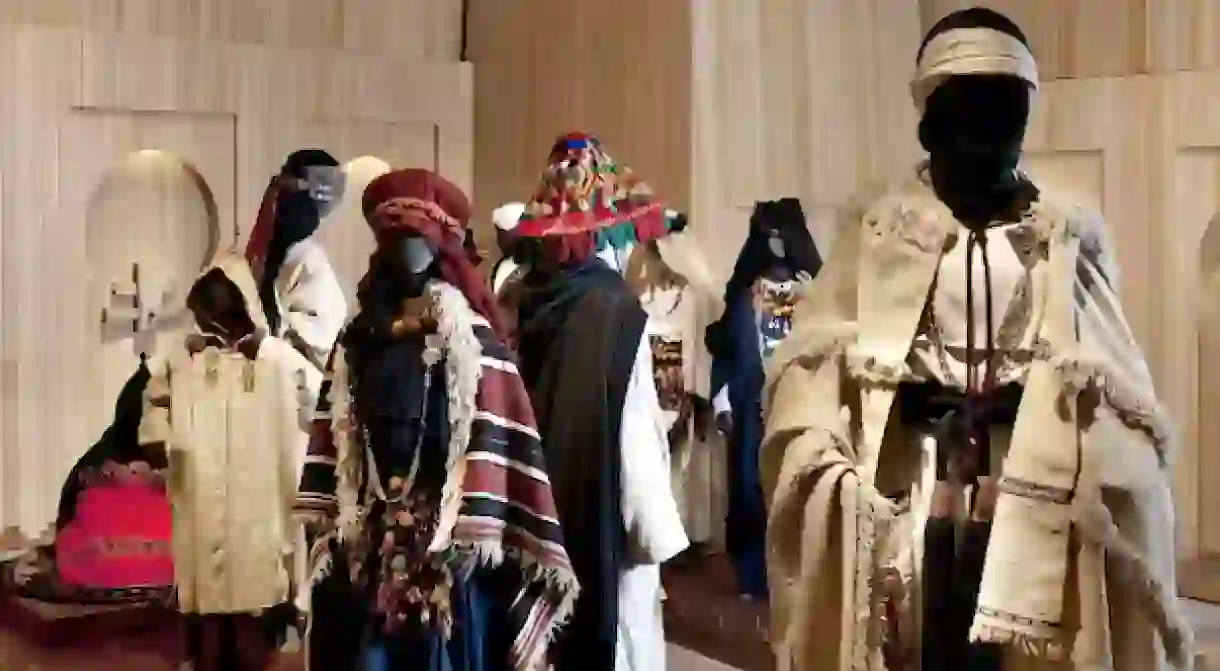A Fashion History Of The Kaftan: Morocco's Traditional Dress

Worn throughout the world, the kaftan (caftan) has long held a coveted fashion as well as cultural status. However in Morocco it enjoys a special significance. The dress is worn exclusively by women, both as an everyday outfit and haute-couture attire —depending on the material. The Culture Trip presents a history of one of Morocco’s clothing staples.
The first mention of the kaftan in Morocco appeared in the 16th century, although the kaftan had been worn across the Middle East and Persia long before this time. It was during the reign of the Abbassides that the garment made its way to Andalusia in the ninth century, the Western Islamic region that was eventually ruled by the Moroccan Berber Almohad dynasty. Following the Spanish Inquisition, resulting in the forced conversion to Christianity or expulsion of Muslims and Jews from Andalusia, many residents fled to nearby Morocco, bringing their traditional attire with them. And the materials required–silk thread and fine fabrics—were produced to create the rich textiles.
Moroccan kaftans are often representative of the diverse cultural identities and cultural heritage influences. Many of the elements required are produced in the medinas even today. It is not uncommon to see men preparing the colorful threads, women selling the buttons they have prepared at home and required for finishing touches to the haberdashery shopkeepers, and belt-makers’ workshops where the embroidered colorful accessories are prepared to complete the look.
http://instagram.com/p/BIXQ6SxDOJ6/?taken-by=bakchic_thelabel
While cotton kaftans abound throughout the medina in colorful cottons with accenting stitching and piping, these are best suited to the house or on hot summer days. The kaftan, though, is not to be confused with the djellaba, a traditional dress worn by both men and women in Morocco. While the kaftan and djellaba are very similar, the difference between the two is that the latter does not have a hood. Nor should the kaftan be confused with the belted two-piece takchita, truly elegant attire. The defining features of a kaftan are its long sleeves, often worn with heels given the length of the cut.
More elegant kaftan styles are reserved for special occasions and wedding celebrations, and are worn with great pride by all classes of society. In fact, true fashionistas head to their couturier for a hand-made dress that is often beaded and decorated with embroidery and using the finest fabrics that represent the woman’s individual style.
http://instagram.com/p/BIczYlHgsr-/?taken-by=caftandumaroc
When Her Royal Highness Princess Lalla Salma stepped out in an elegant kaftan during the King Willem-Alexander’s investiture in 2013, Hello! Magazine readers voted her outfit as their favorite; and during The Duke and Duchess of Cambridge’s wedding in 2011, her pink and gold number placed her on Hello! Magazine’s most elegant and best dressed guest list.
http://instagram.com/p/oHrWFyzEoy/?taken-by=salmabennany
For visitors looking to purchase a casual kaftan, head to Kaftan Queen for an elegant yet simple silk kaftan with beaded collars at reasonable rates (approximately 900 MAD). For more formal kaftans, including custom-made designs, expect to pay a haute-couturier a price to commensurate with the quality and design.













